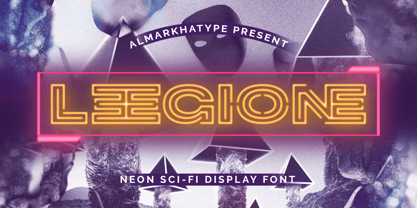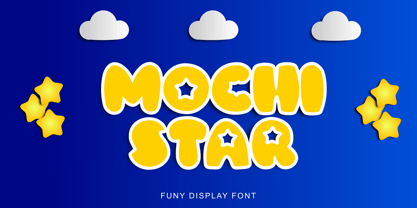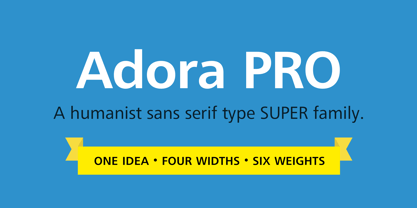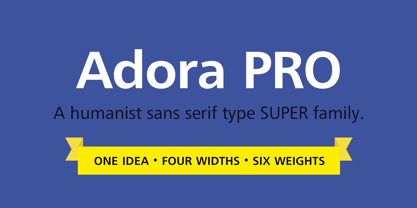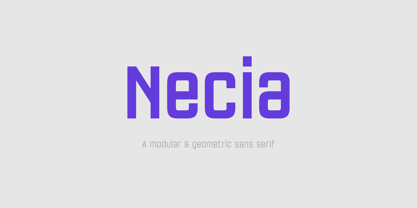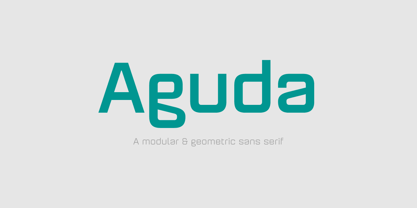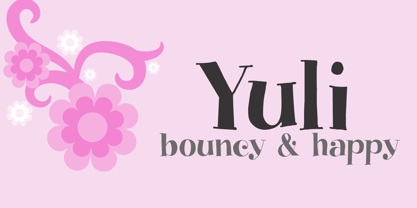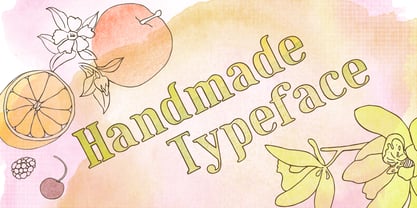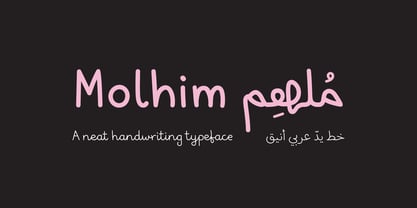10,000 search results
(0.035 seconds)
- Yukarimobile - Unknown license
- Refrigeration - Unknown license
- Tetroserbogia - Unknown license
- HydrogenType - Unknown license
- Eurocentric - Unknown license
- Old printing press_free-version - Personal use only
- Sabática - Personal use only
- Leegione by Almarkha Type,
$35.00 - Cabernet Sauvignon by BA Graphics,
$45.00 - Mochi Star by Alfareaniy,
$100.00 - Xiomara - Personal use only
- Janda Curlygirl Pop - Personal use only
- Janda Swirlygirl - Personal use only
- Janda Rosalie - Personal use only
- Janda Curlygirl Serif - Personal use only
- KG Mullally - Personal use only
- Janda Curlygirl Chunky - Personal use only
- Coming Home - Personal use only
- Just Realize - Personal use only
- Mahamaya - Unknown license
- Armorial - Personal use only
- Dark & Black - Personal use only
- Dot Grid by Essqué Productions,
$35.00 - Romance Fatal Serif - Personal use only
- Adora Normal PRO by preussTYPE,
$53.90 - Adora Compressed PRO by preussTYPE,
$53.90 - Adora Compact PRO by preussTYPE,
$53.90 - Adora Condensed PRO by preussTYPE,
$53.90 - Necia by Graviton,
$20.00 - Aguda by Graviton,
$20.00 - Yuli by Hanoded,
$15.00 - Newsletter by Die Typonauten,
$19.00 - Chalk Cowboys by Learning Kiddos,
$18.99 - Victoria Serif - Personal use only
- Pinstripe Limo - Personal use only
- Amberly by DearType,
$35.00 - Teio - Personal use only
- Rabanera - Personal use only
- Maple Street by Okaycat,
$29.00 - Molhim by Ethar Elaagib,
$79.00







